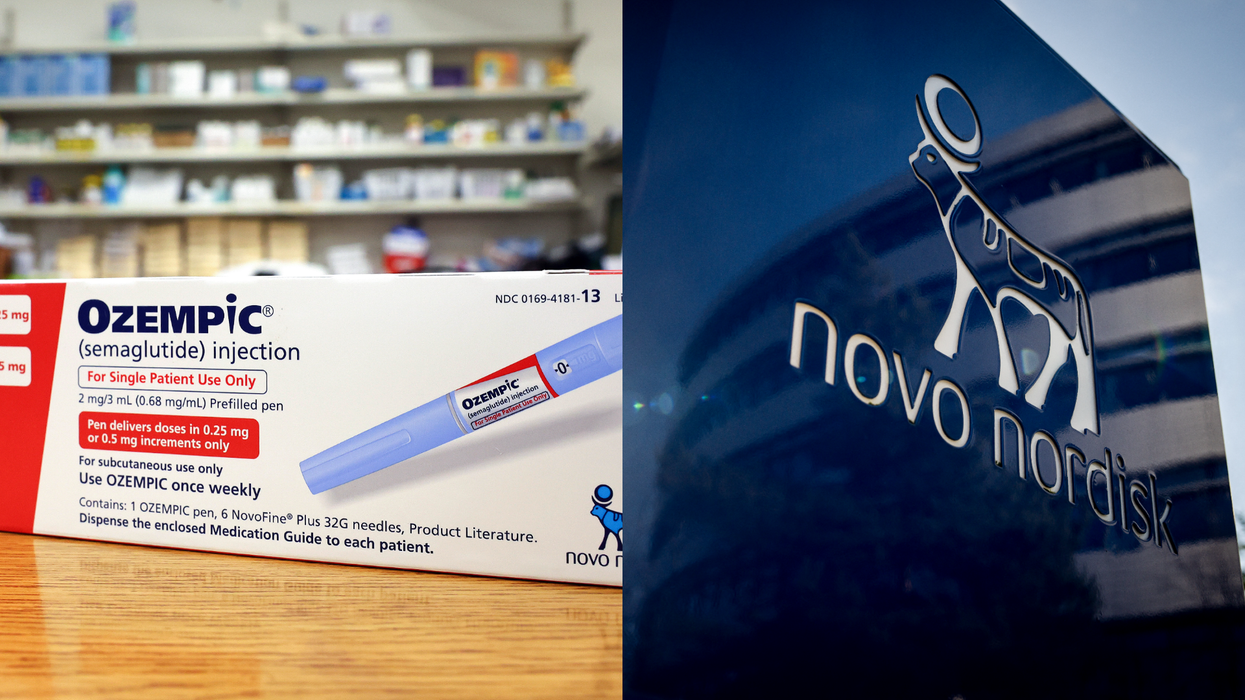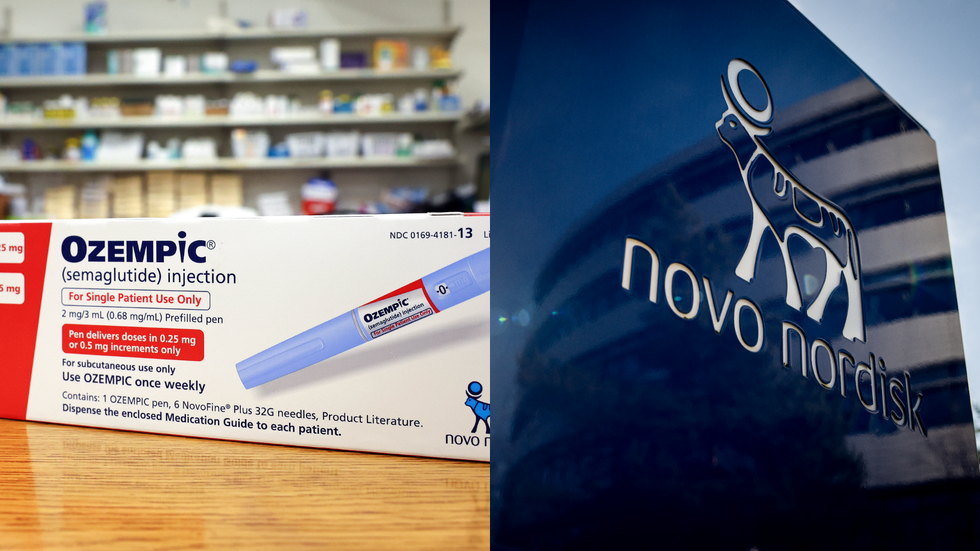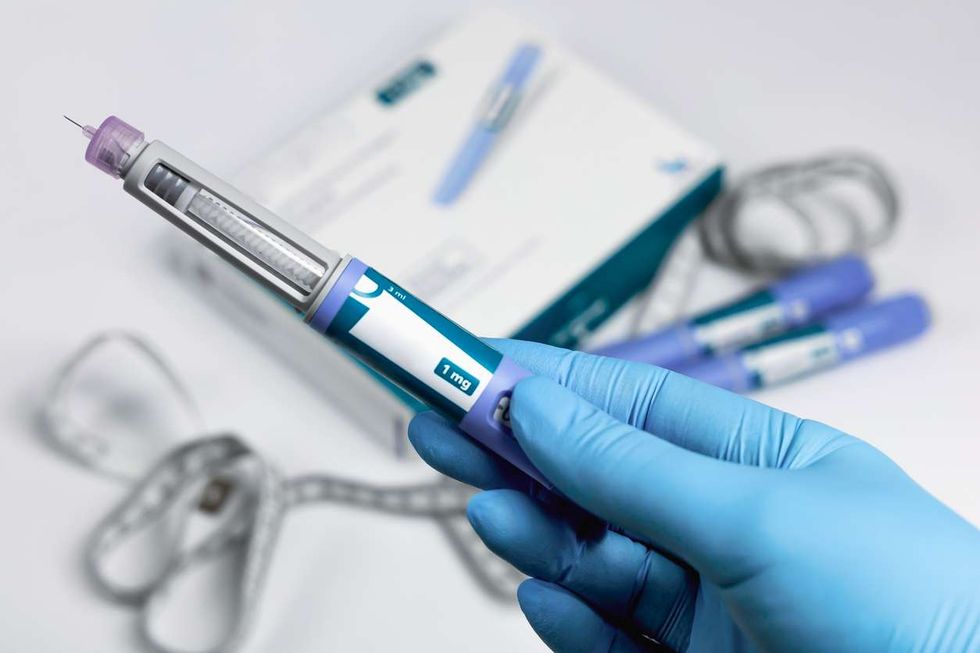INDIA's Covid-19 cases climbed to 276,583 on Wednesday (10) with 9,985 new cases reported in the last 24 hours. The country registered 279 fatalities in a day. The death toll now stands at 7,745, the health ministry said.
India is the fifth worst-hit nation by the Covid-19 pandemic after the US, Brazil, Russia and the UK, according to data by the Johns Hopkins University. The number of active cases in the country stand at 133,632, while 135,205 people have recovered and one patient has migrated, the ministry said.
Of the 279 new deaths reported, 120 were in Maharashtra, 33 in Gujarat, 31 in Delhi, 21 in Tamil Nadu, 18 in Uttar Pradesh, 11 in Telangana, 10 in West Bengal, nine in Rajasthan, six each in Madhya Pradesh and Haryana, three in Jammu and Kashmir, two in Punjab, Karnataka, Chhattisgarh and Andhra Pradesh, and one each in Bihar, Jharkhand and Tripura.
Out of the total 7,745 fatalities, Maharashtra tops the tally with 3,289 deaths, followed by Gujarat with 1,313, Delhi with 905, Madhya Pradesh with 420, West Bengal with 415, Tamil Nadu with 307, Uttar Pradesh with 301, Rajasthan with 255 and Telangana with 148 deaths.
The death toll reached 77 in Andhra Pradesh, 66 in Karnataka and 55 in Punjab. Jammu and Kashmir has reported 48 fatalities due to the disease, while 45 deaths have been reported from Haryana, 32 from Bihar, 16 from Kerala, 13 from Uttarakhand, nine from Odisha, eight from Jharkhand and six from Chhattisgarh. Himachal Pradesh and Chandigarh have registered five Covid-19 fatalities each and Assam has recorded four deaths so far.
Meghalaya, Tripura and Ladakh have reported one Covid-19 fatality each, according to the ministry data.
The highest number of confirmed cases in the country are from Maharashtra at 90,787 followed by Tamil Nadu at 34,914, Delhi at 31,309, Gujarat at 21,014, Uttar Pradesh at 11,335, Rajasthan at 11,245 and Madhya Pradesh at 9,849 according to the data.
The number of Covid-19 cases has gone up to 8,985 in West Bengal, 5,921 in Karnataka, 5,459 in Bihar and 5,209 in Haryana. It has risen to 5,070 in Andhra Pradesh, 4,346 in Jammu and Kashmir, 3,920 in Telangana and 3,140 in Odisha. Assam has reported 2,937 novel coronavirus cases so far while Punjab has 2,719 cases.
A total of 2,096 people have been infected by the virus in Kerala and 1,537 in Uttarakhand. Jharkhand has registered 1,411 cases, while 1,240 cases have been reported from Chhattisgarh, 864 from Tripura, 445 from Himachal Pradesh, 359 from Goa and 323 from Chandigarh.
Manipur has 304 cases, Puducherry and Nagaland has reported 127 cases each till now. Ladakh has 108 Covid-19 cases, Mizoram has 88, Arunachal Pradesh has 57, Meghalaya 43 while Andaman and Nicobar Islands has registered 33 infections so far. Dadar and Nagar Haveli has 22 cases while Sikkim has reported 13 cases till now.






 Novo Nordisk launches Ozempic in India as diabetes cases climb Getty Images
Novo Nordisk launches Ozempic in India as diabetes cases climb Getty Images  Ozempic weekly pens now available in India for type 2 diabetesiStock
Ozempic weekly pens now available in India for type 2 diabetesiStock  India gets Ozempic as obesity and diabetes numbers riseiStock
India gets Ozempic as obesity and diabetes numbers riseiStock  Doctors say Ozempic helps blood sugar and weight management in adultsiStock
Doctors say Ozempic helps blood sugar and weight management in adultsiStock





